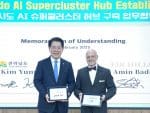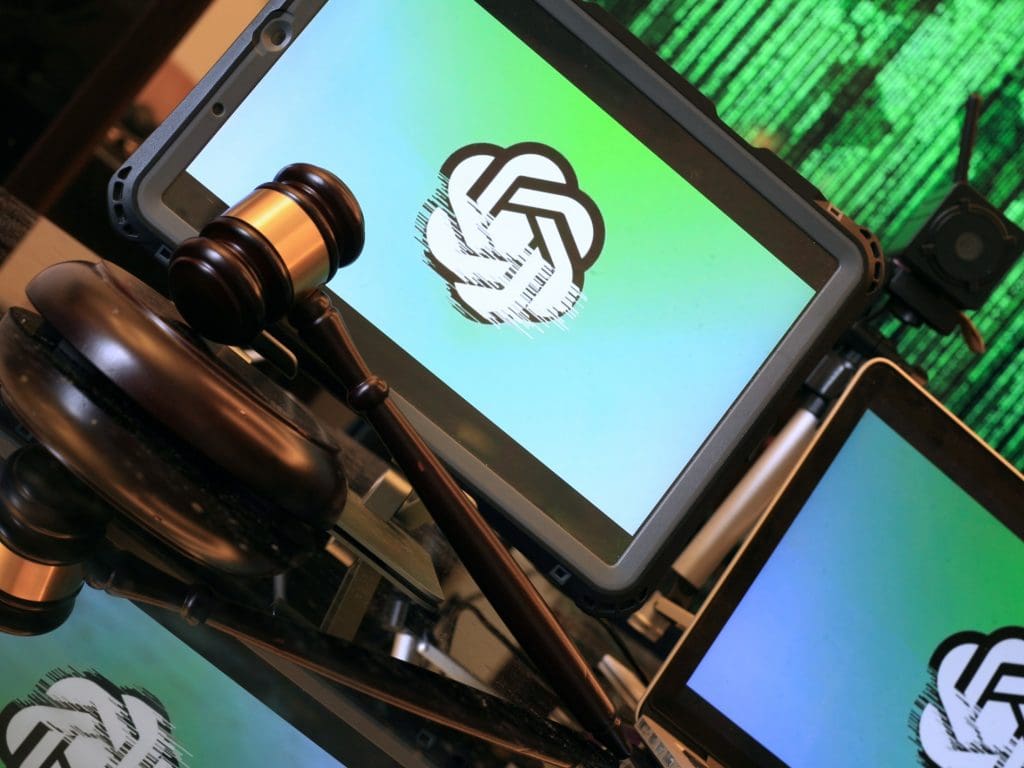In-Short
- AI and ML advancements to transform geospatial technology, making it more accessible.
- Ordnance Survey CTO emphasizes the importance of ethical AI and responsible technology integration.
- Upskilling employees is crucial for adapting to AI-driven digital transformation.
- Organizations must balance technological adoption with maintaining human elements in the workplace.
Summary of AI and Ethical Considerations in Geospatial Technology
As we enter a new year, the technological landscape, especially in the realm of artificial intelligence (AI) and machine learning (ML), is poised for significant changes. Manish Jethwa, CTO at Ordnance Survey, provides insights into the expected advancements and their impact on the geospatial sector.
Advancements in AI and ML
Jethwa predicts that AI and ML will continue to evolve, with a particular focus on General AI. The integration of large language models with sophisticated agents will simplify complex tasks and make geospatial data more user-friendly. Ordnance Survey plans to use enhanced GPU access to train models for intricate tasks like automatic feature extraction from imagery, alongside developing tools to validate the increasing volume of automatically generated data.
Emphasis on Ethical AI
The ethical development of AI is a priority, with a call for transparent, fair, and unbiased AI systems that consider environmental and societal impacts. Ordnance Survey’s Responsible AI Charter exemplifies their commitment to safe integration of new techniques. Jethwa also stresses the importance of retraining and upskilling employees to prepare for AI’s impact while preserving human creativity and emotion in the workplace.
Challenges and the Need for Progress
Despite the potential of new technologies, challenges like cultural resistance and change fatigue persist. Jethwa advocates for a balance between embracing new technologies and managing the human aspects of transformation. He warns that organizations that fail to adapt risk falling behind, emphasizing the need for a clear vision, effective communication, and celebrating milestones to maintain momentum in digital transformation efforts.
The future of AI and geospatial technology is filled with transformative potential, but it requires responsible use and a human touch to drive successful innovation.
For more detailed insights, visit the original source.










